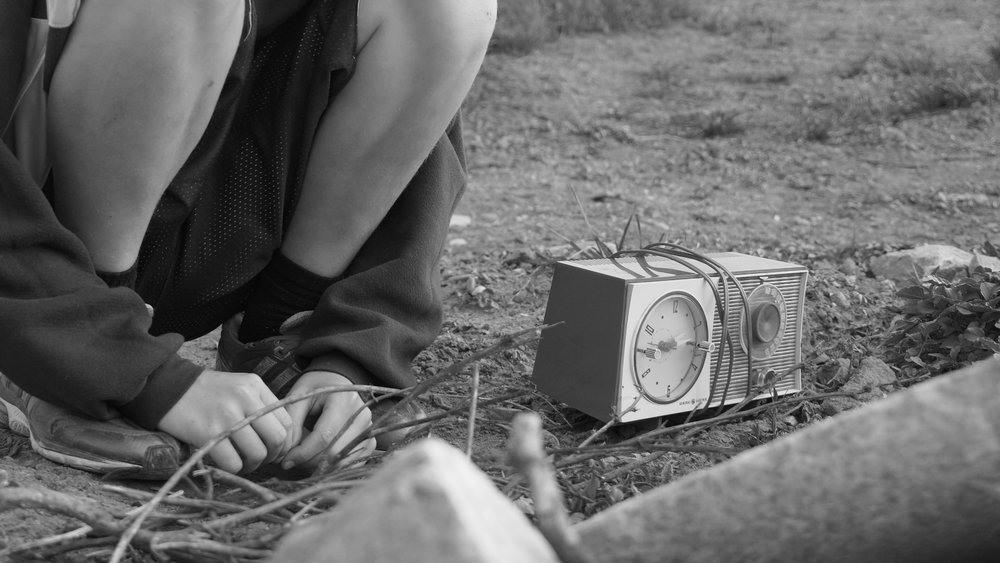Other Notes on Composition
Leading Lines in Composition
Simply refers to using aspects of your composition to draw attention to certain areas within the shot. Sometimes the lines can draw the viewers eye to a point on the thirds or sometimes they can be more symmetrical like here: (note: the following still from The Grand Budapest Hotel, by Wes Anderson, has the point of interest right in the middle of the "tic tac toe" form. It's also not boring. Actually, it's quite unique and striking. (not all rules are meant to be followed all of the time.)
More effective use of leading lines:
Leading Looks:
I'm talking about nose room and screen balance.
When creating a shot of a person in profile it is very important to leave enough space in front of them for the frame to appear balanced.
Not enough nose room:
Below: enough nose room
To add, not leaving enough space in front of a subject can make them appear boxed in. The edge of a screen can have the illusion of a magnetic pull, so subjects seem closer to it than they appear.
When a subject is facing or looking in a certain direction, then that look creates what Herbert Zettl referred to as a vector or an imaginary line that comes from the subject and points in a direction. In the above image, that vector needs space.
Almost everything has a look or a vector. Like in your text, that look can come from movement, a television screen, or something leaning in a certain direction.
Let's talk about movement.
Lead room usually refers to the space in front of a moving subject.
Improper lead room:
Proper lead room:
If you were thinking that the above shot is a difficult one to shoot in motion, then you are right! It can be very challenging to follow a subject like a moving car or plane especially if you are trying to keep a composition (like above) consistent through the movement.
It takes practice.
Another example:
If you were following this little one with your camera, then you would want to keep a substantial amount of space in front of them (at least keeping them on the back thirds) for the shot's entirety.
Watch the following from 1:44 until the end.









